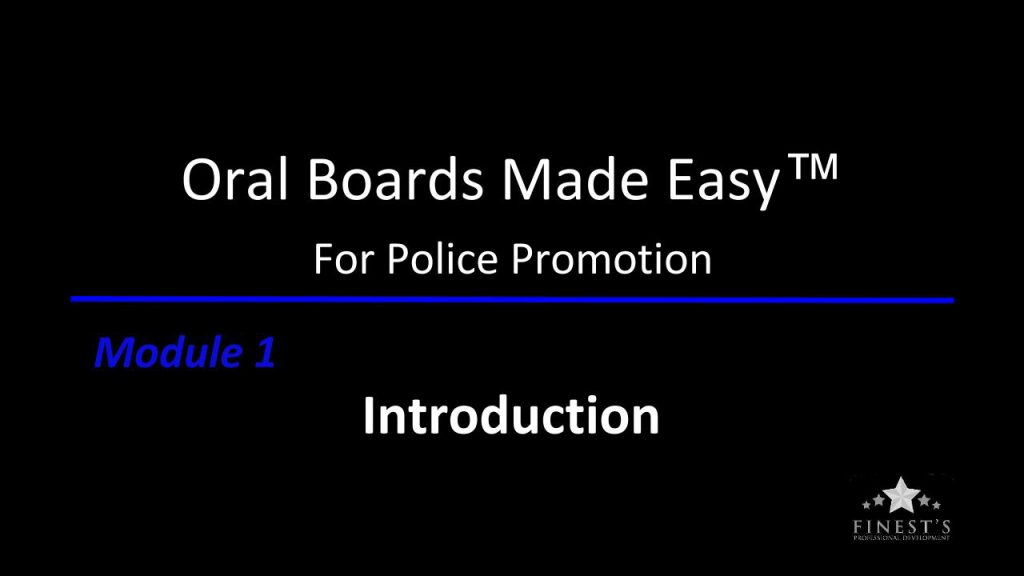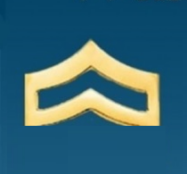Police Sergeant Oral Board Scenario Questions and Answers:
"You are a sergeant and an officer engages in a pursuit that violates general orders. Before you can terminate the pursuit, the fleeing vehicle and cruiser collide, injuring both operators. What would you do?”
Police Sergeant oral Board Scenario Questions and Answers involving multi-element questions are not uncommon. These may be asked in a variety of ways. One way, as you will see me demonstrate, has a single question that contains multiple elements. Another way is to ask a scenario question, allow you to respond, and then either add more details or add conflicting details. The latter can be an attempt to see if you will stick to your original answer even if it is no longer valid or will you adjust your response based on the new information – which is usually the appropriate course. There have also been agencies that use 3, 4, and 5 additional elements to see if the candidate can manage the multiple challenges being presented. When it comes to Police Sergeant oral Board Scenario Questions and Answers, a universal rule is that you want to be sure that you cover all of the elements completely. To do this, you may find value in treating each new layer as an independent layer requiring separate assessment and responses.
“If you are looking for a well designed assessment / oral interview study program this is the one. The program is very reasonably priced, so don’t risk your career watching free videos or just reading articles on line. If you’re serious about getting promoted, invest in your career and use The Oral Boards Made Easy program. It will help you get promoted.”
-Promoted to Lieutenant in Massachusetts
ANSWER TRANSCRIPT:
Multi-Element Scenario
“The first thing I need to do is get to this scene so I can do a first-hand assessment and be sure that all of the needed resources are employed. While enroute I will direct dispatch to send EMS and at least three additional units if available. Two of those units will be sent to the accident scene and the third unit will be instructed to address the traffic safety concerns presented by the collision, to include securing the scene for investigative purposes. My concerns at this point – prior to being on scene – are the extent of the injuries to both parties, the safety concerns created by the collision, and the offenses committed by the pursued operator that resulted in the pursuit.
Once on scene I will do a first hand assessment that includes the extent of the injuries to both parties, the severity of the collision, the state of the accident scene, and a determination of the need for a custodial arrest of the fleeing suspect. I will direct dispatch to notify my lieutenant of this incident and to let the lieutenant know that I will update them first hand when the situation is stabilized.
I will assure that the injured officer and suspect are both receiving medical attention from the on scene officers until they are relieved by EMS personnel. If the officer requires treatment at a hospital, I will assure that another officer accompanies the officer in the ambulance. The same would apply to the suspect. If the suspect did not require hospitalization but was under custodial arrest, I would have an officer transport the suspect to our booking facility for processing.
As the supervisor in this incident, the investigation of the accident would be my responsibility. I would have the scene preserved until necessary evidence was gathered and photographed. The full accident investigation would require interviews of both operators, review of dash and/or body worn camera videos, as well as interviews with any witnesses. I recognize that when someone is injured as a result of a police interaction there exists a potential for civil liability for our jurisdiction, so I would assure that this investigation is completed in a manner that addresses potential civil liability issues.
My other concern is the fact that the initial pursuit was outside of department guidelines. Every officer has been issued – and has signed for – the pursuit guidelines. Beyond that, the pursuit guidelines are repeatedly reinforced at roll call briefings and in-service training. For that reason, I would have a reasonable expectation that the officer who initiated the pursuit knew that their actions were improper. I would direct that officer to submit a written report explaining both the reasons for – and the circumstances of – the pursuit. By “circumstances of” I am referring to speed of the vehicles during the pursuit, areas that the pursuit passed through, road and weather conditions, and population density. I will let the officer know that there is a potential for formal negative discipline in this matter. When I have received and reviewed that report, and completed my accident investigation, I will forward all documents up the chain of command for review and consideration of discipline.
Regardless of whether or not formal discipline results in this matter, I will meet with the officer at my earliest opportunity and reissue the pursuit general order to the officer. I will have the officer sign for the order to acknowledge receipt, and I would then discuss the order with the officer so that I have a level of confidence that the officer fully understands when pursuits are allowed and when they are prohibited. I would document this order issuance and conversation so that it can be referenced if there was a subsequent violation. I would go further by monitoring the officer’s future performance and assuring that properly performed tasks are reinforced with words of encouragement and any deviations are met with an appropriate corrective intervention.
And that is how I would handle a pursuit violation that resulted in a motor vehicle collision.”








